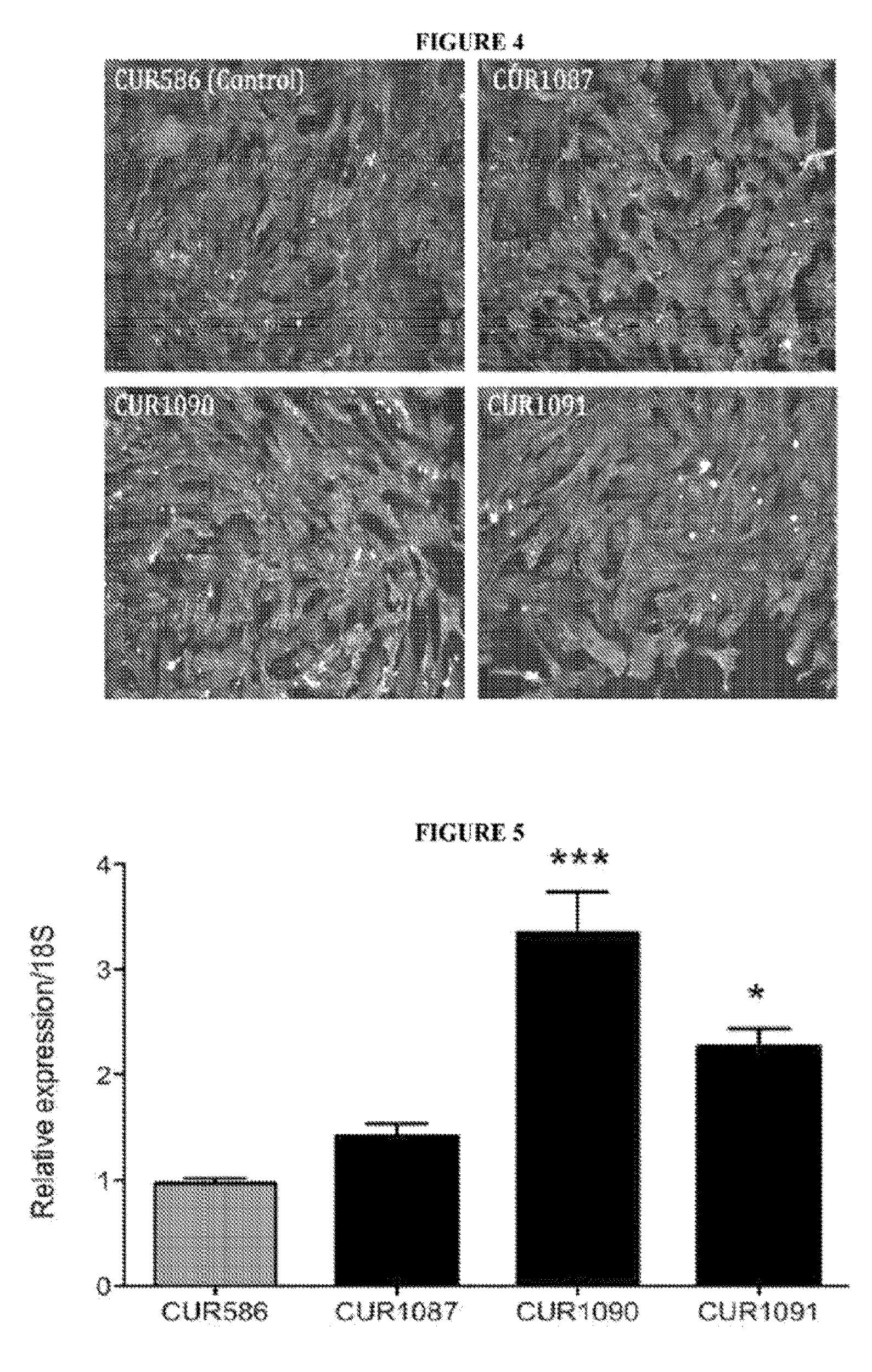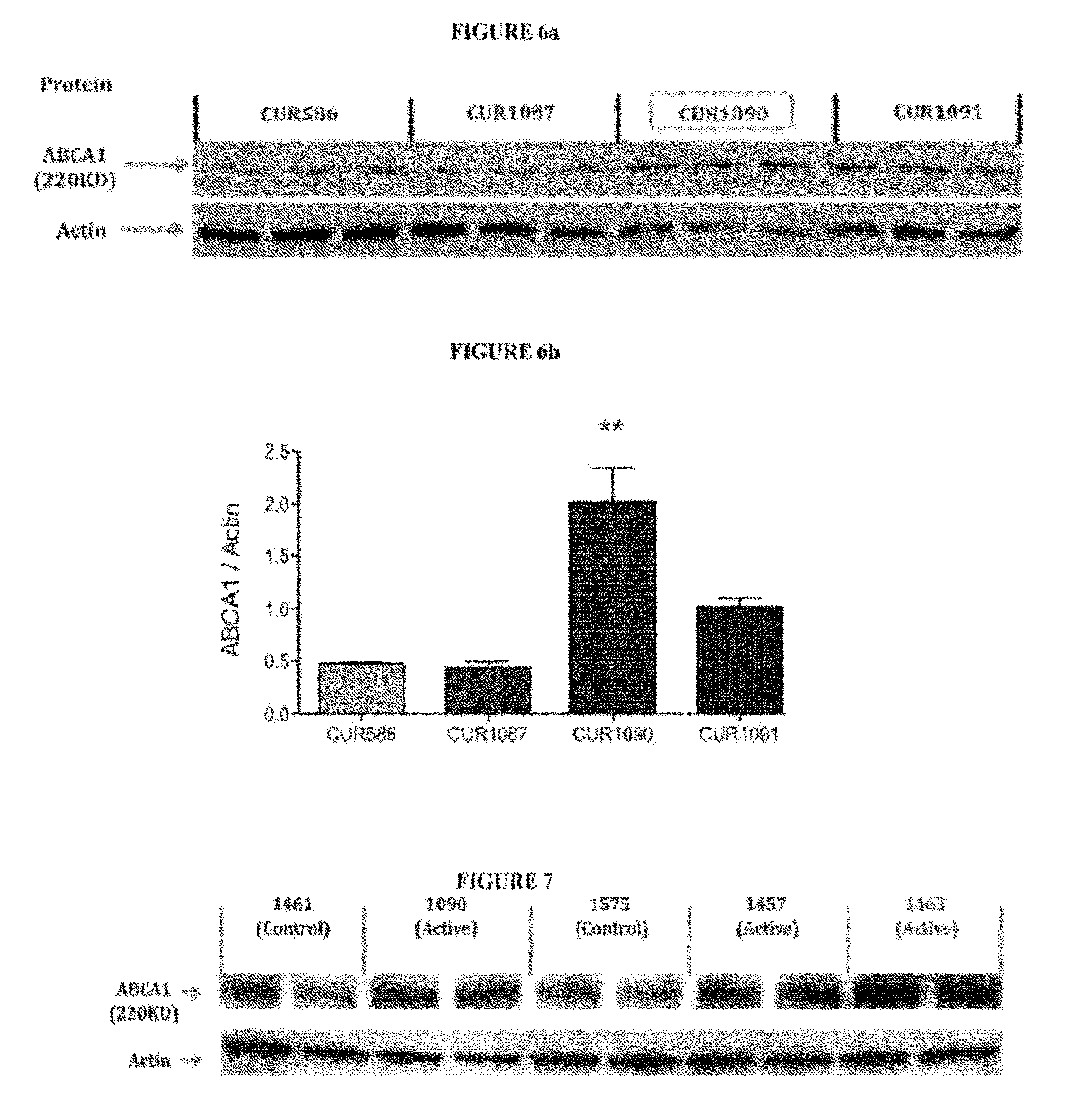Antagonat compositions and methods of use
- Summary
- Abstract
- Description
- Claims
- Application Information
AI Technical Summary
Benefits of technology
Problems solved by technology
Method used
Image
Examples
example 1
Amidites for Oligonucleotide / Oligonucleoside Synthesis
[0170]2′-O-Methyl nucleoside amidites and 2′-OH nucleoside amidites are available from Glen Research, Sterling, VA. Other 2′-O-alkyl substituted nucleoside amidites are prepared as is described in U.S. Pat. No. 5,506,351, 5,466,786, or 5,514,786, herein incorporated by reference.
example 2
Synthesis of 2′-O-Methyl Nucleoside Amidites
i. 2′-O-Methyl-5-methyluridine
[0171]2,2′-anhydro-5-methyluridine (10.0 g, 0.0416 mol) is dissolved in methanol (80 mL) in a stainless steel bomb (100 mL capacity). Trimethyl borate is generated by adding solutions (1 M in THF) of borane to methanol and allowing the resulting hydrogen gas to evolve. Trimethyl borate (5.6 mL, 0.049 mol) is added. The bomb is sealed and placed in an oil bath at 150° C. which generates pressure. After 40 h, the bomb is cooled in ice, opened and the contents concentrated under reduced pressure.
ii. 5′-O-Dimethoaxytriphenylmethyl-2′-O-methyl-5-methyluridine
[0172]2′-O-methyl-5-methyluridine (12 g) is co-evaporated in pyridine (2×50 mL) and dissolved in dry pyridine (50 mL). Dimethoxytriphenylmethyl chloride (18.1 g, 0.054 mol) is added. The flask is covered and allowed to stand for 45 min at room temperature. The reaction mixture is treated with methanol (10 mL) and the resultant solution is concentrated under red...
example 3
Synthesis of Oligonucleotide
[0173]Unsubstituted and substituted phosphodiester oligoribonucleotides are synthesized on an automated DNA synthesizer using standard phosphoramidite chemistry with oxidation by iodine.
[0174]Phosphorothioate oligonucleotides are synthesized as per the phosphodiester oligonucleotides except the standard oxidation reagent is replaced by 0.2 M solution of 3H-1,2-benzodithiole-3-one-1,1,-dioxide in acetonitrile for the stepwise thiation of the phosphite linkage. The thiation wait step is increased to 68 seconds and is followed by the capping step. After cleavage from the column and deblocking in concentrated ammonium hydroxide at 55° C. (18 h), the oligonucleotides are purified by precipitating twice with 2.5 volumes of ethanol from a 0.5 M NaCl solution. Analytical gel electrophoresis is accomplished in 20% acrylamide, 8 M urea, 454 mM Tris-borate buffer, pH 7.
PUM
| Property | Measurement | Unit |
|---|---|---|
| Fraction | aaaaa | aaaaa |
| Current | aaaaa | aaaaa |
| Structure | aaaaa | aaaaa |
Abstract
Description
Claims
Application Information
 Login to View More
Login to View More - R&D
- Intellectual Property
- Life Sciences
- Materials
- Tech Scout
- Unparalleled Data Quality
- Higher Quality Content
- 60% Fewer Hallucinations
Browse by: Latest US Patents, China's latest patents, Technical Efficacy Thesaurus, Application Domain, Technology Topic, Popular Technical Reports.
© 2025 PatSnap. All rights reserved.Legal|Privacy policy|Modern Slavery Act Transparency Statement|Sitemap|About US| Contact US: help@patsnap.com



